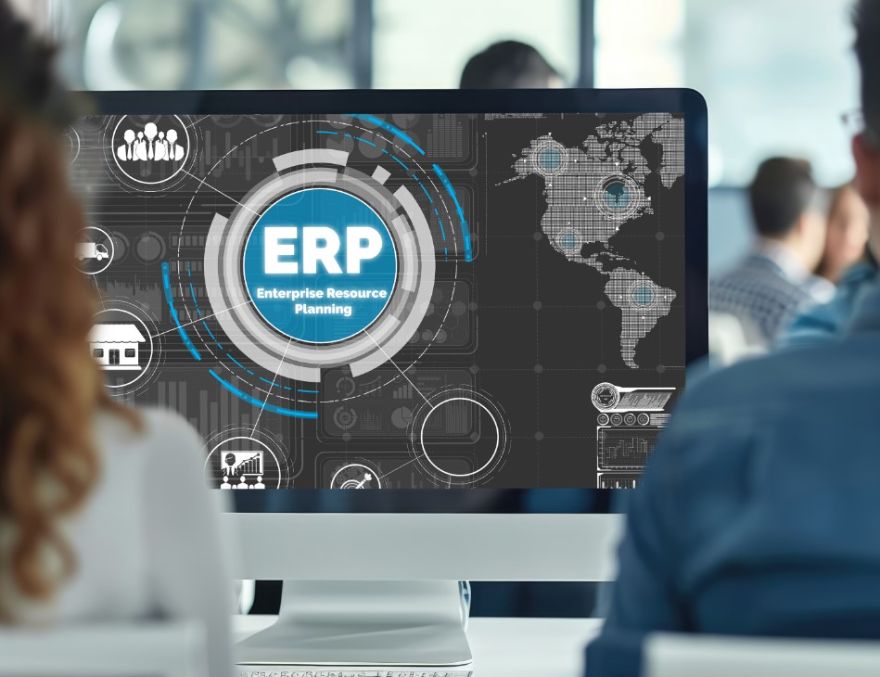Microbiological Quality Control & Environmental Monitoring
Microbiological Quality Control & Environmental Monitoring includes critical tests to ensure the microbiological safety of products in pharmaceutical and biotechnology production processes. It secures processes by automating analyses to prevent contamination risks, monitor sterile production environments and ensure full compliance with regulations.
Features
- Microbial Limit Tests
- Bacterial Endotoxin Test (LAL Test)
- Sterility Tests (Filtration, Direct Incubation Method)
- Yeast, Mold & Bacteria Contamination Analysis
- Environmental Monitoring (Air, Water, Surface & Personnel Hygiene Tests)
- Microbiology Reporting with LIMS Integration
Microbial Limit Tests
Verify that the microbial load limits specified in the products are not exceeded. It evaluates the compliance of the products with the pharmacopoeias by analyzing the levels of bacteria, yeast and mold.
Bacterial Endotoxin Test (LAL Test)
Detects pyrogenic (fever-causing) endotoxin contamination in parenteral drugs and biotechnological products. Provides early detection of toxins that pose a risk to human health.
Sterility Tests (Filtration, Direct Incubation Method)
Tests whether products are microbiologically free from contamination in sterile production processes. Filtration and direct incubation methods are used to verify sterility compliance.
Yeast, Mold & Bacteria Contamination Analysis
Analyzes microbial contamination risks in food, pharmaceutical and cosmetic products. It is a critical process to ensure that the microbiological safety of products is maintained throughout their shelf life.
Environmental Monitoring (Air, Water, Surface & Personnel Hygiene Tests)
Includes microbiological controls for air, water, surface and personnel hygiene in the production environment. Provides continuous monitoring to evaluate the effectiveness of cleaning procedures and to detect contamination sources in advance.
Microbiology Reporting with LIMS Integration
Digitalizes all stages of microbiological analysis and provides automatic reporting. Integration with Laboratory Information Management System (LIMS) ensures that data is stored on a central platform and audit processes are accelerated.

